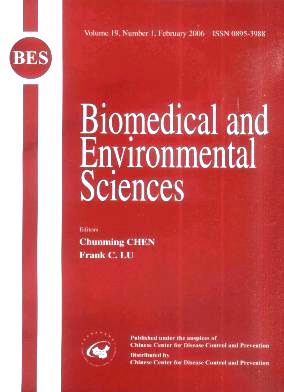Anaerobic Degradation of Tetrachloroethylene Using Different Co-substrates as Electron Donors
-
Key words:
- Tetrachloroethylene (PCE) /
- Co-metabolic substrate /
- Biodegradation /
- Electron donor
Abstract: Objective To investigate the biodegradation of tetrachloroethylene (PCE) by acclimated anaerobic sludge using different co-substrates, I.e., glucose, acetate, and lactate as electron donors. Methods HP-6890 gas chromatograph (GC) in combination with auto-sampler was used to analyze the concentration of PCE and its intermediates. Results PCE could be degraded by reductive dechlorination and the degradation reaction conformed to the first-order kinetic equation. The rate constants are k1actate>kglucose>kacetate. The PCE degradation rate was the highest in the presence of lactate as an electron donor.Conclusion Lactate is the most suitable electron donor for PCE degradation and the electron donors supplied by co-metabolic substrates are not the limiting factors for PCE degradation.
| Citation: | QI YANG, HAI-TAO SHANG, XUE-LIAN WANG, HUI-DI LI, JIAN-LONG WANG. Anaerobic Degradation of Tetrachloroethylene Using Different Co-substrates as Electron Donors[J]. Biomedical and Environmental Sciences, 2006, 19(1): 73-76. |







 Quick Links
Quick Links
 DownLoad:
DownLoad: